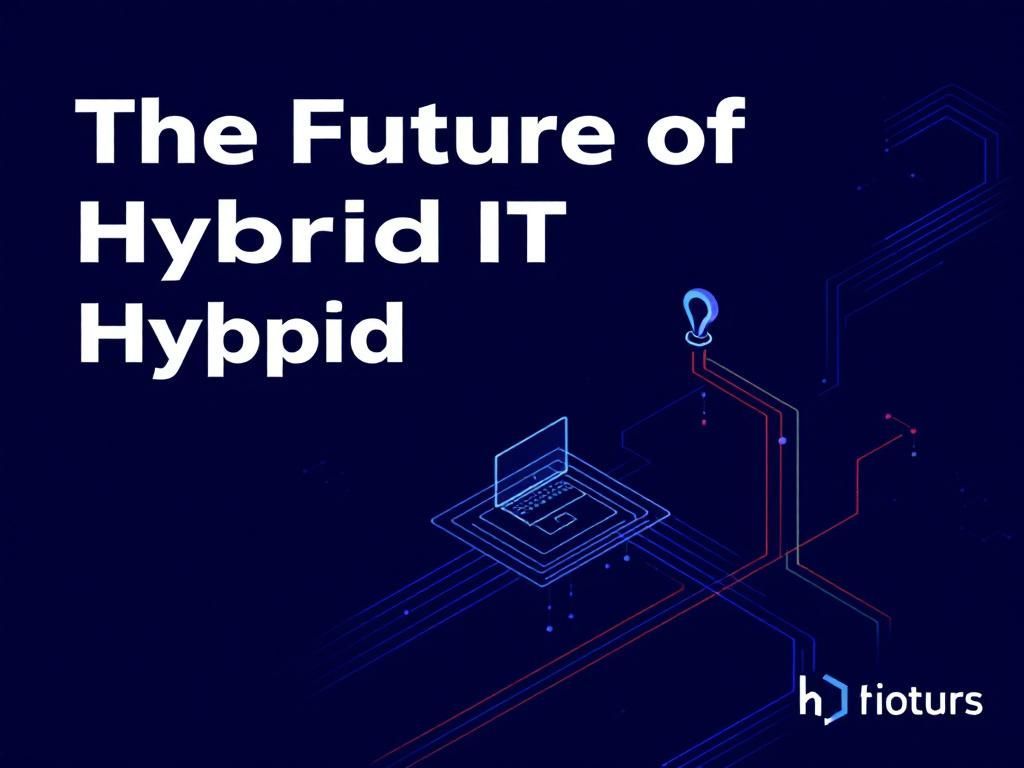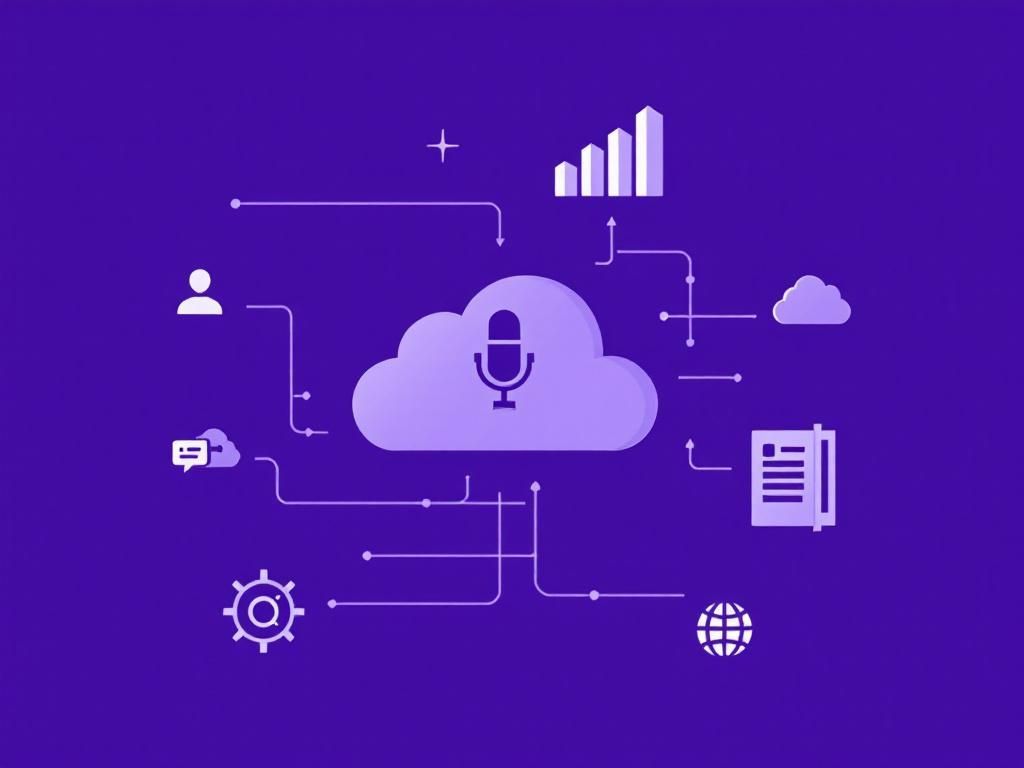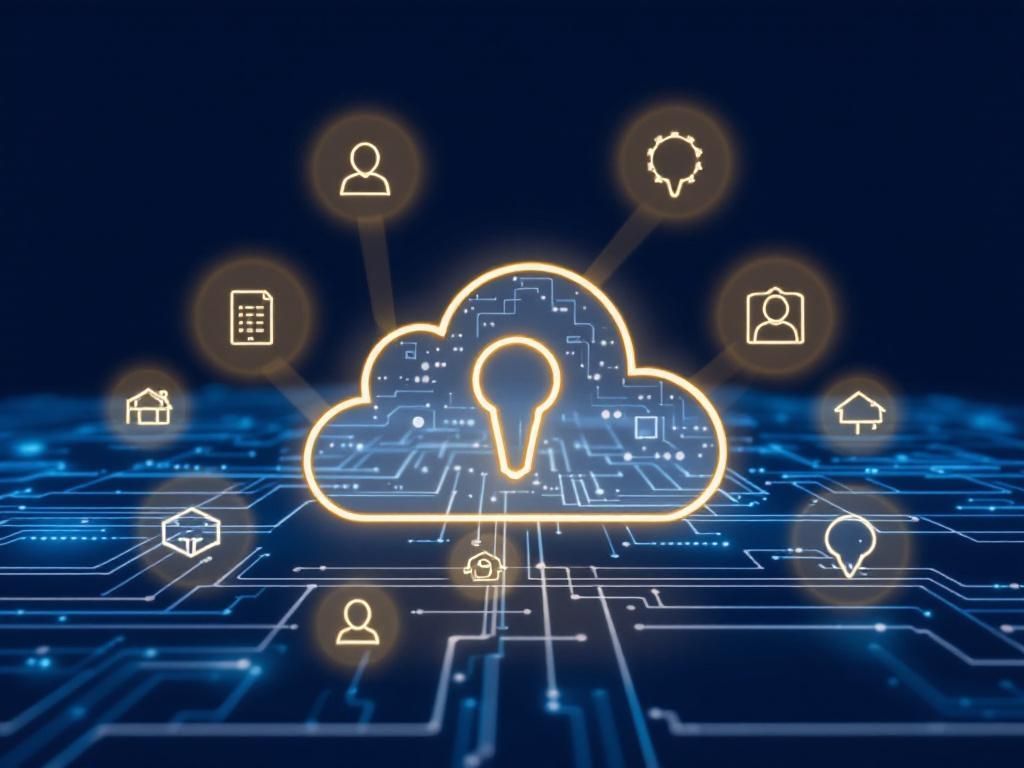The Future of Hybrid IT Support: Trends and Predictions for 2025
Explore the emerging trends and predictions for hybrid IT support in 2025, and how businesses can prepare for the future of technology.

As organizations continue to embrace digital transformation, the landscape of IT support is evolving rapidly. The convergence of on-premise infrastructure and cloud-based solutions, often referred to as hybrid IT, presents both opportunities and challenges. Companies are increasingly recognizing the importance of a robust IT support framework that can adapt to these changes. In this article, we delve into the future of hybrid IT support in 2025, exploring trends, technologies, and strategies that will shape the industry.
Table of Contents
The Rise of Hybrid IT
Hybrid IT environments blend traditional IT systems with cloud resources, allowing organizations to optimize their operations. This model has gained traction due to several factors:
- Cost Effectiveness: Hybrid IT enables organizations to scale resources based on demand, reducing costs associated with over-provisioning.
- Flexibility: Businesses can choose where to host applications and data, whether on-premises or in the cloud, based on their specific needs.
- Security: With sensitive data often retained on-premises and less critical data migrated to the cloud, hybrid IT offers a balanced approach to security.
Key Trends Shaping Hybrid IT Support by 2025
1. Increased Automation
Automation is set to play a pivotal role in hybrid IT support. By 2025, organizations will leverage automation tools to streamline various aspects of IT operations:
- Incident Management: Automated ticketing systems will help in swiftly resolving issues.
- Task Automation: Repetitive tasks will be managed by intelligent automation solutions, freeing up IT staff for more strategic initiatives.
2. Proactive Monitoring and Management
As the complexity of hybrid environments grows, proactive monitoring will become essential. This includes:
- Real-time analytics to identify performance bottlenecks.
- Predictive maintenance to foresee hardware failures before they occur.
- Comprehensive dashboards for a holistic view of the IT landscape.
3. Enhanced Security Protocols
With the rise of cyber threats, security will be at the forefront of hybrid IT support strategies. Key measures include:
- Zero Trust Architecture: This model requires strict identity verification for everyone accessing resources.
- Continuous Security Assessments: Regular audits and assessments will help in identifying vulnerabilities.
The Role of Artificial Intelligence and Machine Learning
Artificial Intelligence (AI) and Machine Learning (ML) are set to revolutionize the way hybrid IT support is delivered:
1. Intelligent Troubleshooting
AI-driven tools will analyze past incidents and suggest solutions, leading to quicker resolution times.
2. Predictive Analytics
Using ML algorithms, organizations can predict future IT issues based on historical data, enabling preemptive action.
3. Enhanced User Experience
AI-powered chatbots and virtual assistants will provide users with 24/7 support, improving overall satisfaction.
Best Practices for Implementing Hybrid IT Support
To effectively implement hybrid IT support strategies, organizations should consider the following best practices:
1. Develop a Clear Strategy
Establishing a clear vision and roadmap for hybrid IT support will help align IT initiatives with business objectives.
2. Invest in Training and Development
Ensuring that IT staff are well-trained in hybrid IT environments is crucial for seamless implementation. Consider the following:
- Regular workshops and training sessions.
- Encouraging certifications in cloud technologies.
3. Foster Collaboration
Encouraging collaboration between on-premise and cloud teams enhances communication and fosters a unified approach to IT support.
Measuring the Success of Hybrid IT Support
Organizations should measure the effectiveness of their hybrid IT support strategies through various metrics, such as:
| Metric | Description |
|---|---|
| Incident Resolution Time | Average time taken to resolve IT issues. |
| User Satisfaction Score | Feedback rating from end-users regarding the support they receive. |
| System Uptime | Percentage of time systems are operational and accessible to users. |
Conclusion
The future of hybrid IT support by 2025 promises a landscape filled with innovation and efficiency. By embracing automation, AI, and proactive management, organizations can not only enhance their IT operations but also align them more closely with overall business objectives. As we move forward, staying ahead of trends and adapting to changes will be crucial for success in this dynamic environment.
FAQ
What is Hybrid IT Support?
Hybrid IT Support refers to a combination of on-premises and cloud-based IT services that work together to meet an organization’s needs.
Why is Hybrid IT Support important for businesses in 2025?
As businesses increasingly rely on digital transformation, Hybrid IT Support allows for flexibility, scalability, and cost-efficiency, making it essential for future operations.
What trends are shaping the future of Hybrid IT Support by 2025?
Key trends include increased automation, integration of AI for predictive maintenance, enhanced security protocols, and a greater emphasis on data privacy.
How can organizations prepare for the future of Hybrid IT Support?
Organizations should invest in training their IT staff, updating their technology infrastructure, and adopting a strategic approach to cloud services.
What role does security play in Hybrid IT Support for 2025?
Security will be paramount, with a focus on implementing robust cybersecurity measures to protect sensitive data across both on-premises and cloud environments.
How will customer support evolve in Hybrid IT models by 2025?
Customer support in Hybrid IT models will likely become more proactive, utilizing AI-driven tools to anticipate issues and provide faster resolutions.








